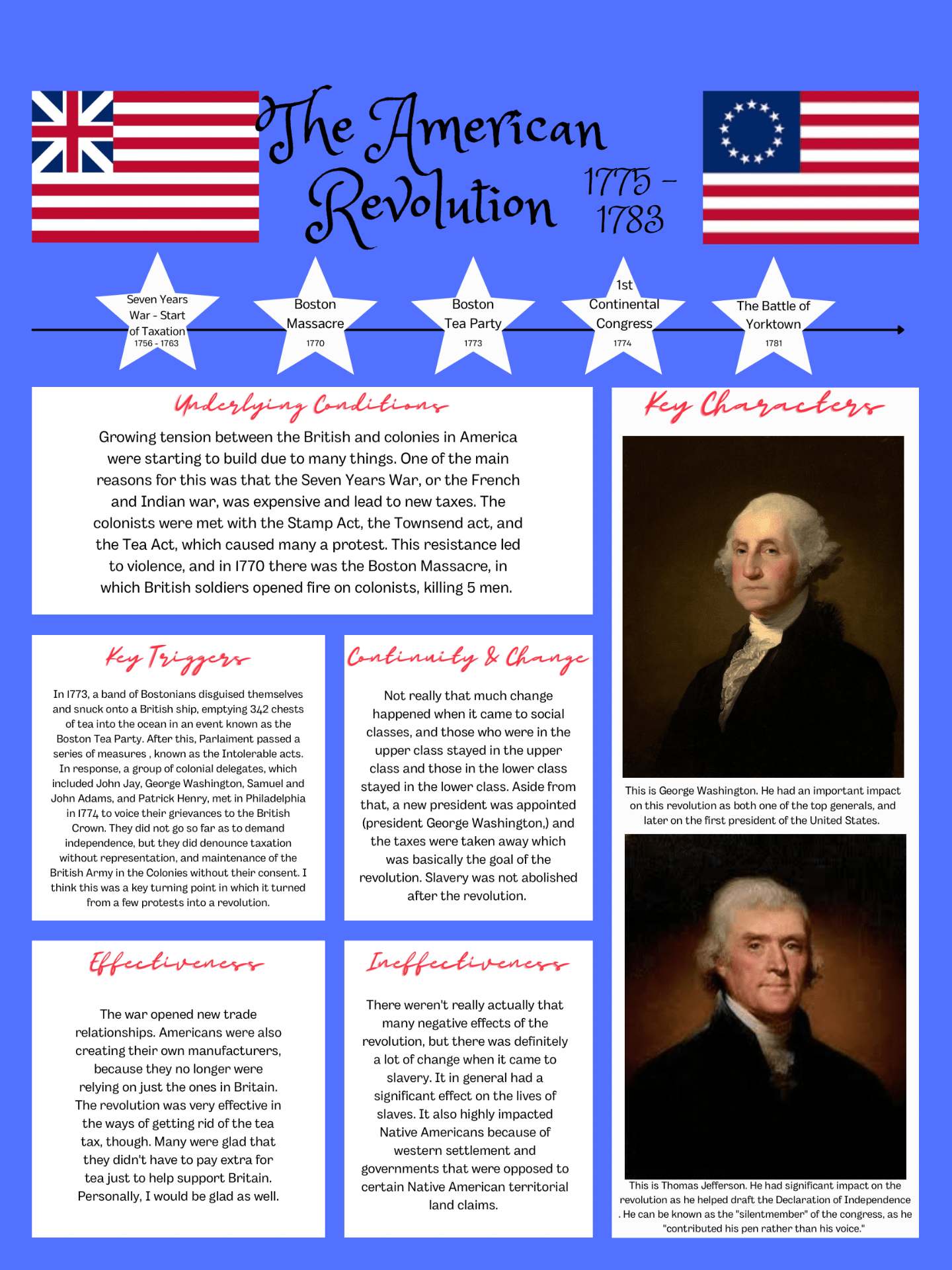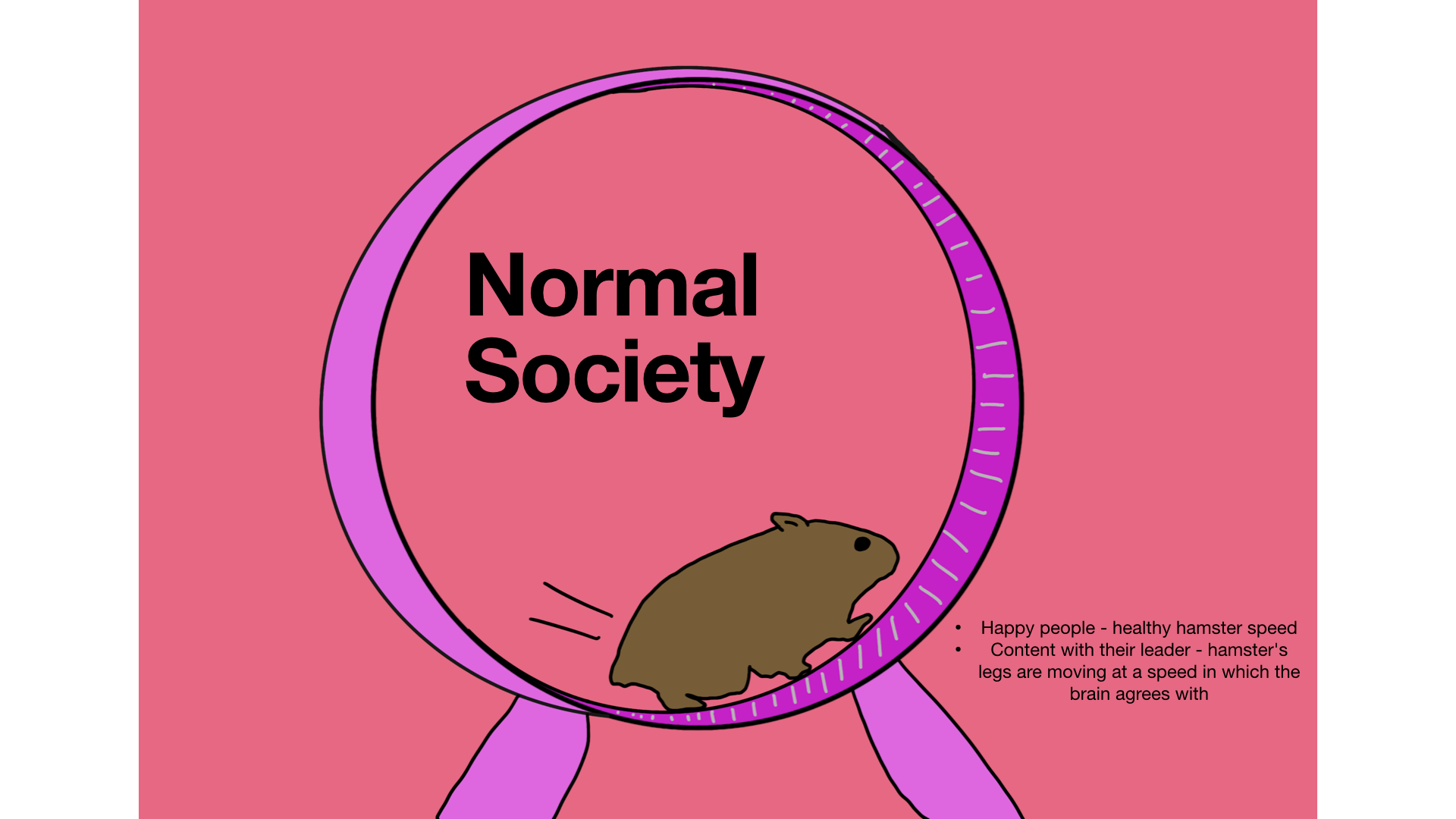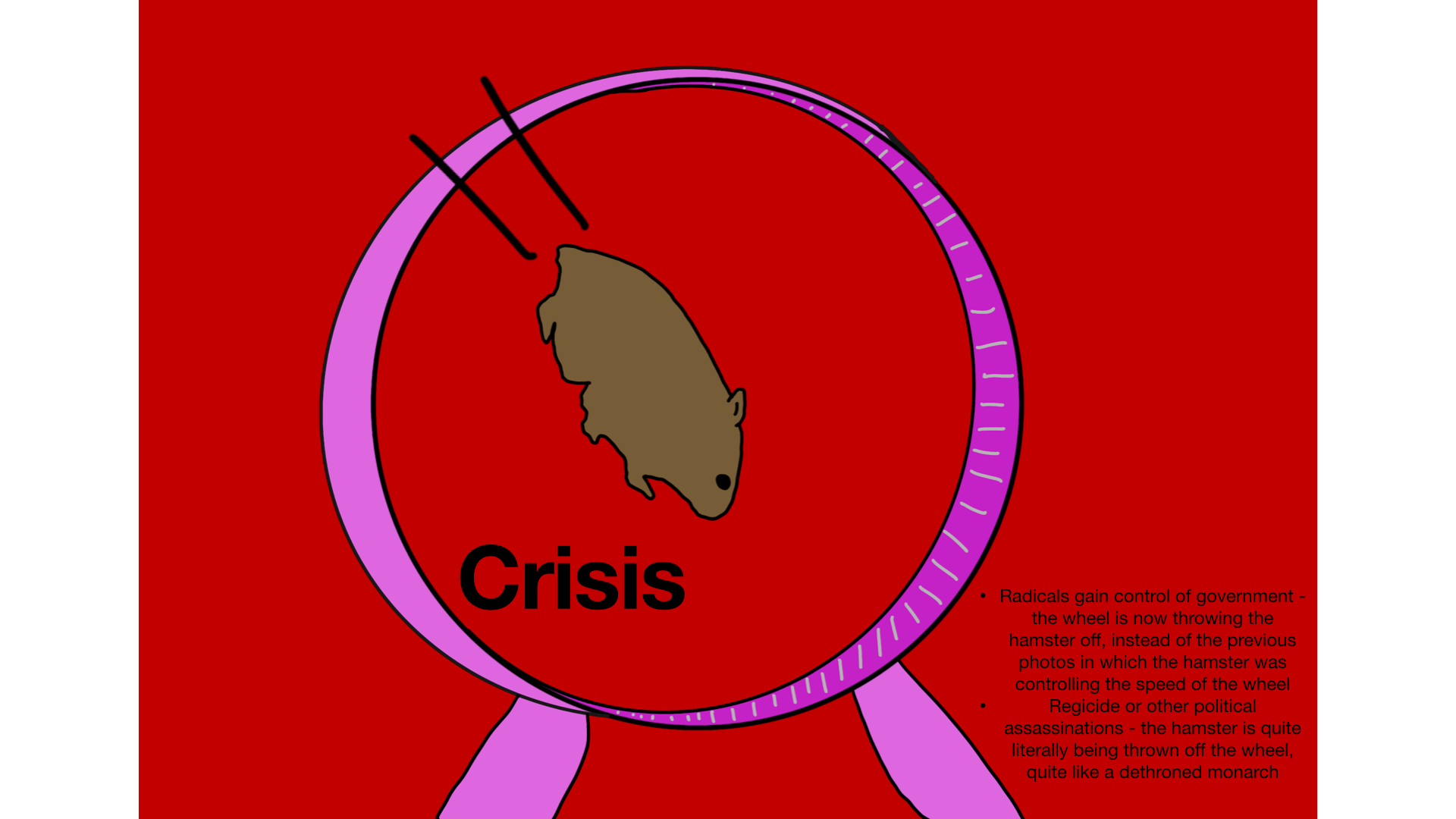How do revolutions bring down empires and change societies around the world? Well, before this project, I could’ve given you some rambling, wordy answer about Hamilton (the musical) because I had an obsession with it in Grade 7 and 8. Now that I’ve gone through this project, I can tell you all about revolutions and the full answer to the question. That’s what I’m going to do now.
What is a revolution? That’s kind of what the first activity in this project taught me. If you read my blog post about Nation X (click here to read) then you would know how I learned this. If you don’t want to read it, basically we did a simulation of a society. I was placed in the upper class, and there were a couple people placed in the top class, as members of the king’s court. There were a bunch of people placed in the two classes below me. The top class got paid $10/day, The class I was in was paid $5/day, the class below got $3/day, and the lowest class got $1/day. Basically different challenges in society had to be faced, but in facing those challenges, people were treated unequally and society fell apart, with people fighting one another and many deaths. What happened was basically a revolution. Now, how can we describe and define a revolution?
To do this, we made diagrams that reflected Crane Brinton’s anatomy of a revolution. I chose to do a hamster on a wheel, falling off and then starting over. Here’s the diagram:
After we did this, we chose which revolution we wanted to work on for the whole project. I chose the American revolution, mostly because I already knew a little bit about it from my past obsession with Hamilton that I mentioned, and I was really interested in digging deeper.
Once we chose our revolutions, we got straight to work making graphic organizers about them. Here’s mine:

As you can see, the graphic organizer basically gives you a crash course on the American revolution. The research I did to create it told me almost everything I needed to know for the whole project.
After that, we started to work on our affidavit. We chose the evidence we would feature and our arguments. At first, I was a little bit confused with what I was arguing for, but me, Cameron L, Jupiter, and Jessie pulled through arguing for the American Revolution being effective. I applied my research from the graphic organizer into the affidavit. It turned out really good and we had a pretty good argument. In the mock trial, we were going against Charlie M, Julia, Keaton, Silas, and Magnus, Makai. They were saying that the revolution was ineffective.
Once we had finished our affidavit, we started working on a script for the mock trial. Very soon after we started working on it, Mr. Harris, the DRI (directly responsible individual) of the project, had to leave because he was having a baby! Sadly, because he was gone, we had to pivot the project. Instead of doing a mock trial in front of our parents, we started working on a video. We were still writing the scripts in collaboration with the ineffective side, but for a video of a trial as opposed to an actual mock trial in real life. After about a week, though, we pivoted again. We started working on scripts as just our side of the argument. We did it more like the show Court Cam. We were given a due date for our videos and then Ms Maxwell spliced our video with the ineffective argument’s video.
I used my class time very efficiently during this project. The only time I handed anything in late was my graphic organizer, because I was sick for a lot of the days we were working on it. I’m proud of how I used my time well. I’m not quite as proud of our finished project. I feel like it wasn’t the best that it could’ve been, and our group could’ve put more effort into it. Next time, I’ll strive to be at the point where our group is putting a full effort, or at least I am.
Thank you for reading my blog post!
Peace out,
Susan





